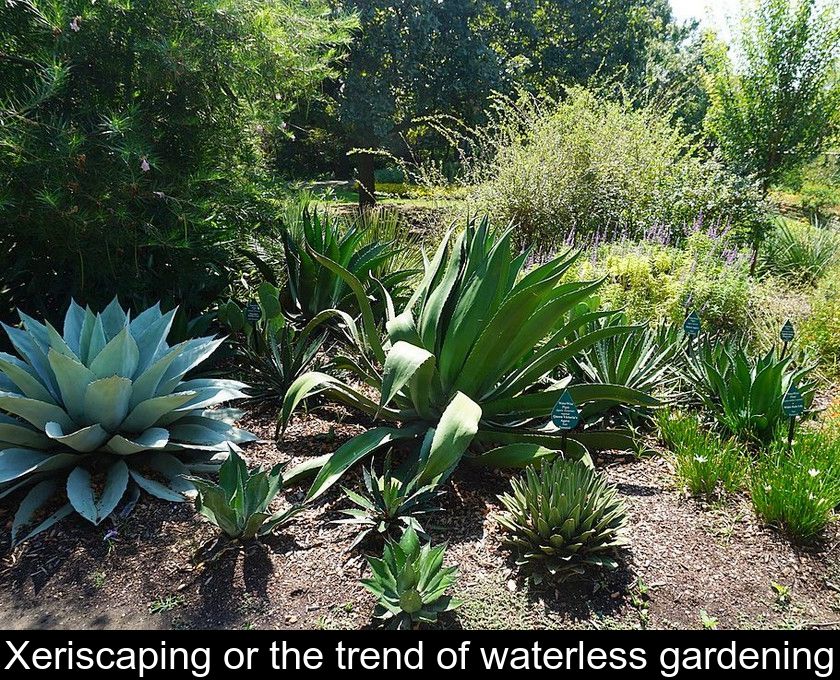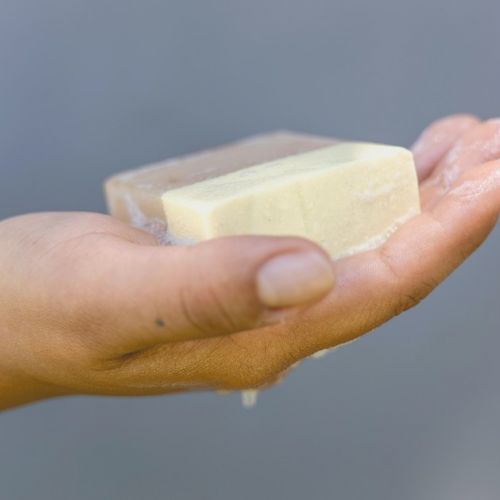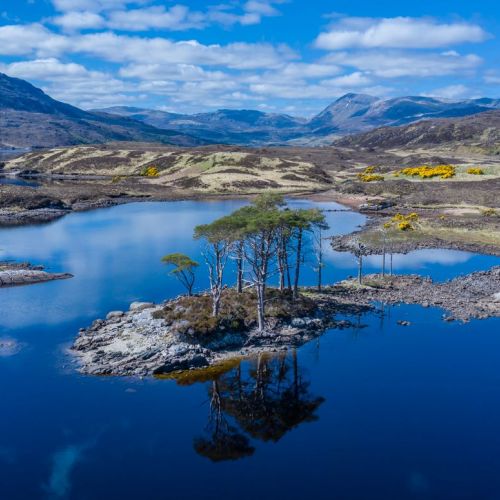Xeriscaping Or The Trend Of Waterless Gardening
Have you heard of xeriscaping? This new trend, also known as xerogardening, involves designing gardens that do not require watering. With climate change and increasingly frequent heatwaves in the summer, this type of waterless garden is expected to develop more and more throughout France. Explanations.
What is xeriscaping?
New strong trend in the field of landscaping, xeriscaping involves creating gardens that do not require watering.
This strange word is composed of two roots: xero which means "dry" in Greek and scape which means "landscape" in English. It can therefore be literally translated as dry landscaping in French.
Where does the xeriscaping trend come from?
Contrary to what one might think, xeriscaping is not a recent invention. This form of landscaping without irrigation appeared in the United States in the early 1980s.
More specifically, this concept was invented in 1981 in the state of Colorado. This term was introduced by Denver Water, the water management and distribution company of the city of Denver, to encourage residents to save water in their gardens.
What are the main principles of xeriscaping?
When Denver Water launched the concept of xeriscaping in 1981, they outlined 7 major principles that are now adapted worldwide, according to the characteristics specific to each region:
1- Design the space to be landscaped to exploit and optimize the features of the terrain.
2- Analyze and amend the soil to better retain water.
3- Optimize irrigation. In gardens where irrigation is not completely excluded, xeriscaping favors drip systems and methods that allow for maximum water resource conservation.
4- Select the plants best suited to the terrain. The selection of species used must take into account the degree of sunlight, wind exposure, and water retention of each area of the garden. This preliminary analysis allows grouping plants with similar needs without sacrificing the garden's aesthetic aspect.
5- Use mulch to retain moisture. Mulching is a well-known trick to maintain soil freshness, limit evaporation, and hinder weed growth. Of course, it is important to choose a mulch suitable for each type of planting.
6- Avoid lawns. In the 1980s, most single-family homes in the United States had lawns as green as a golf course... Xeriscaping goes against this tradition because the lawned areas of the garden are also the most water-intensive. Dry landscaping recommends creating flower meadow areas conducive to garden biodiversity instead.
7- Maintain the garden. Even in a landscaped area with very little watering, gardeners have much to do. It is particularly important to use clippings, prunings, and all green waste from the garden to mulch the soil and feed the compost.
What are the most suitable plants for xeriscaping?
As the name suggests, xeriscaping or xerogardening primarily uses xerophytic plants, which are capable of withstanding very dry environments.
When we think of drought and heat-resistant plants, we first think of cacti and succulents. Succulent plants offer a great variety of shapes and blooms, such as the large-flowered purslane… But in reality, these are not the only species that can be used in a waterless garden!
In the category of xerophytic plants, we can also consider aromatic plants and flowering plants adapted to the Mediterranean climate:
• asters;
• echinaceas;
• junipers;
• lavender;
• thyme and wild thyme.
Mediterranean plants are a good option for all gardeners who do not want to create a desert-like landscape. By playing with the colors, textures, volumes, and heights of these plants, it is possible to achieve a very aesthetically pleasing result.
What are the benefits of xeriscaping?
Xeriscaping allows for water conservation in the garden and to maintain a viable plant decor even during heatwaves and watering restrictions. This is the main advantage of this new way of gardening, but it is not the only one.
To conclude, here are other arguments that might finally convince gardeners still hesitant to create a waterless garden:
• Dry gardens require very little maintenance.
• A dry terrain limits the proliferation of weeds and therefore the chore of weeding.
• Xerophilous plants are generally more resistant to diseases and pests than others.
• In the South of France, the use of local plants contributes to the preservation of biodiversity.













